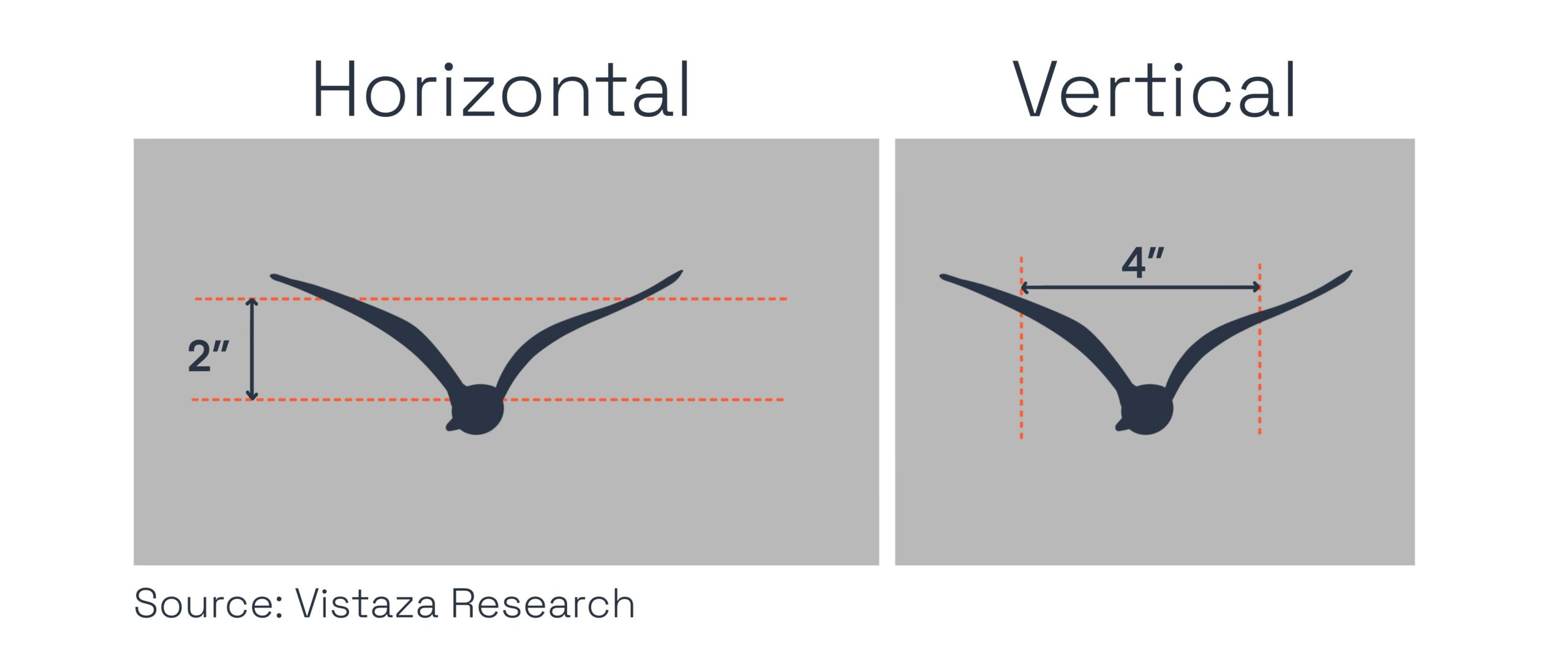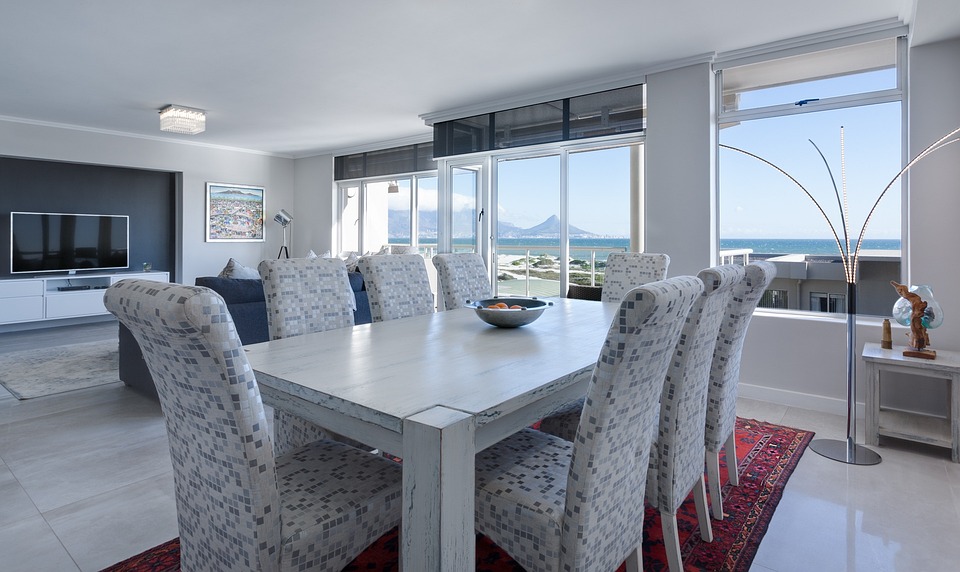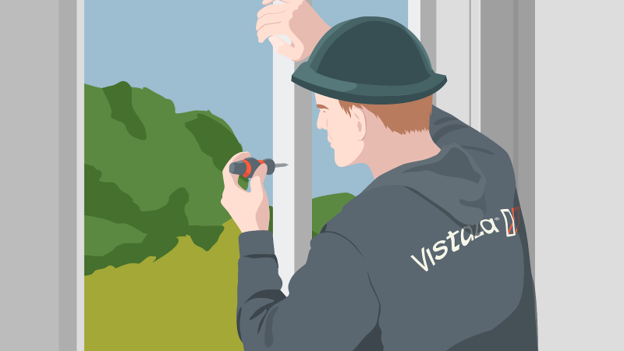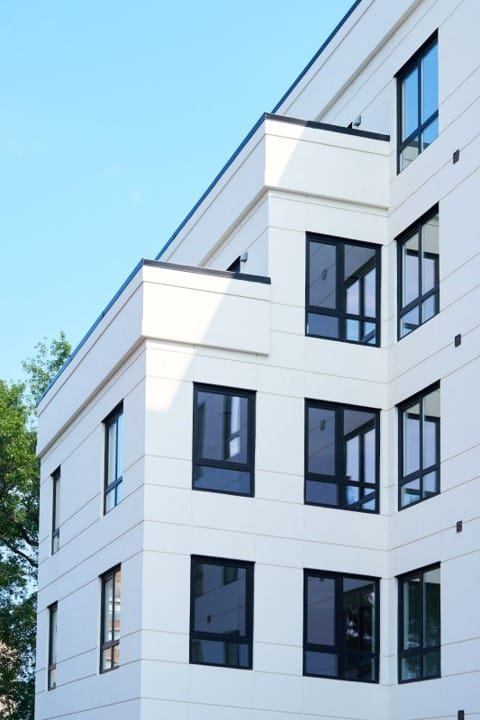Introduction to Bird-Friendly Glass Legislation
The year 2023 marks an important phase in environmental conservation in the U.S., especially concerning bird safety. Over a billion bird fatalities occur annually due to glass collisions, prompting a stronger emphasis on bird-friendly architectural practices. In response, we’re seeing significant updates to the Bird Friendly Glass Requirements in the United States in 2023. These comprehensive guidelines, spanning federal to local levels, are aimed at creating a safer built environment for birds.
This guide aims to break down these 2023 Bird-Friendly Glass Requirements in the United States, highlighting key legislations- current and pending, and their transformative impact on the construction industry.
Understanding Federal Bird-Safe Building Acts
At the federal level, the Bird Friendly Glass Requirements in the United States have proposed the Federal Bird-Safe Building Act, introduced in 2011, which is currently under review. If passed, this act would require public buildings constructed, acquired, or significantly altered by the General Services Administration (GSA) to incorporate bird-safe building materials and design features.
The Bird-Safe Buildings Act of 2019:
The Bird-Safe Buildings Act, introduced in 2019 and passed by the U.S. House of Representatives in 2020, amends Title 40, United States Code, directing the Administrator of General Services ( GSA) to prioritize bird-safe building practices. This Act forms a key component of the Bird Friendly Glass Requirements in the United States, proposing specific guidelines to minimize bird collisions and enhance building design.
Key Provisions of the Bird-Safe Buildings Act:
The Act highlights several essential provisions that aim to reduce bird collisions effectively. These provisions include:
Limiting Glass Usage:
The Act states that at least 90 percent of the exposed facade material from ground level to 40 feet should not be composed of glass. By minimizing the use of glass, the risk of bird collisions is significantly reduced.
Bird-Safe Glass Materials:
In cases where glass is used, the Act requires the implementation of specific materials or design features to prevent bird collisions while maintaining visual clarity. These measures may include secondary facades, netting, screens, shutters, exterior shades, or UV-patterned glass visible to birds.
The ‘2 × 4 Rule’ for Bird Safe Glass Patterns:
The Act mandates that any patterns on the glass must be designed in accordance with the 2 × 4 rule.

Meaning: The allowable range for patterns is between a 2-inch horizontal space and a 4-inch vertical space. You have the option to create horizontal lines with a spacing of 2 inches or vertical lines with a spacing of 4 inches. Additionally, the lines should have a width greater than 1/4 inch.
This rule encourages the use of opaque, etched, stained, frosted, or translucent glass to make it more visible to birds and minimize the risk of collisions.
Combining Methods for Optimal Bird Collision Avoidance:
To ensure maximum effectiveness in preventing bird window collisions, the Act allows for the combination of various methods outlined in the provisions. By utilizing a combination of secondary facades, netting, screens, shutters, exterior shades, and appropriate glass patterns, buildings can significantly reduce bird collision rates.
The Current Status and Potential Impact of the Bird-Safe Buildings acts:
Under the 2023 Bird Friendly Glass Requirements in the United States, as of July 2021, the Bird-Safe Buildings Act has successfully passed the U.S. House of Representatives and has been forwarded to the Committee on Environment and Public Works in the Senate. While the bill is still pending mandatory implementation, its potential impact on bird conservation and building design cannot be overlooked.
By mandating bird-safe building practices in public buildings, the Act demonstrates a commitment to preserving avian lives and mitigating the negative environmental impact of glass structures. It has the potential to set a precedent for future legislation, inspiring further efforts to implement bird-friendly design practices in both public and private buildings across the nation.
United States and Cities with Bird-friendly Regulations
Several states have taken proactive measures to promote bird-friendly building design. Notably, California’s Green Building Standards Code introduced voluntary bird-friendly building design guidelines in 2010. Minnesota implemented mandatory Bird-Safe Glazing regulations in 2015, while Michigan has adopted the Safe Passage Great Lakes initiative.
Unpacking the Sustainable Buildings Act: Maryland’s Approach to Bird-Safe Buildings
In Maryland, the Sustainable Buildings Act of 2023 is currently under review. This proposed legislation aims to require newly built, acquired, or renovated majority state-funded buildings to adhere to the bird-friendly window and shielded nighttime lighting standards. The bill emphasizes the importance of energy-efficient windows, aligning with the U.S. Green Building Council Innovation Credit and American Bird Conservancy recommendations. Maryland’s Sustainable Buildings Act is an excellent example of the regional implementation of the Bird Friendly Glass Requirements in the United States.
City-Level Bird-Safe Regulations:
Numerous cities across the country have taken the lead in implementing bird-safe building standards. Cities such as San Francisco, Oakland, San Jose, Richmond, Alameda, Mountain View, Portland, Highland Park, and New York City have either passed or are in the process of passing mandatory bird-friendly building legislation. Other cities, including Palo Alto, Sunnyvale, Barrington, and Berkeley, have voluntary guidelines under review. See our in-depth guide to the NYC Bird friendly glass regulations.
Washington, D.C.’s Migratory Local Wildlife Protection Act: An In-depth Look
Washington, D.C., passed the Migratory Local Wildlife Protection Act of 2022, which requires new construction building permits or alterations involving the replacement of exterior glazing to incorporate bird-friendly materials up to 100 feet. Certain exemptions, such as historic landmarks and single-family homes, apply.
The Impact and Rationale Behind Bird-Friendly Glass Legislation:
Bird-safe glass legislation aims to mitigate bird collisions with buildings, which result in the loss of billions of birds annually in the United States. Besides preserving biodiversity, these measures align with energy conservation efforts, reduce cooling loads, and enhance building sustainability. Advocacy groups, such as Safe Skies Maryland, emphasize that bird-friendly building standards can potentially reduce bird mortality by over 90%.
As awareness about bird collisions with glass buildings grows, more states, cities, and municipalities are adopting bird-safe glass legislation. While federal legislation is still pending, various regions have already enacted mandatory or voluntary guidelines to promote bird-friendly building design. By incorporating bird-safe materials and design features, buildings can contribute to both environmental conservation and energy efficiency goals. It is encouraging to witness the increasing adoption of bird-safe glass standards across the United States, showcasing a commitment to creating a more bird-friendly built environment.
Understanding the Cost Implications of Bird-Safe Glass Regulations
With more and more Bird-Safe Glass Regulations coming to effect, it is crucial to explore cost-effective approaches. The expenses involved in making buildings safer for birds can vary significantly depending on various factors.
In detail:
- Incorporating bird-friendly design principles from the beginning is the most cost-effective approach.
- Swapping non-bird-friendly glass for bird-friendly alternatives can result in additional costs.
- The cost of bird-friendly glass varies based on factors like glass type, coatings, and order size.
- Glass performance, location, and extent of usage impact the cost of bird-friendly glass.
- Determining acceptable cost increase depends on the project’s overall budget and priorities.
- Bird-friendly glass may be vulnerable to being cut if there are cost overruns.
- Elected officials and constituents have varying views on accepting additional costs for bird conservation.
Conclusion
In conclusion, the Bird Friendly Glass Requirements in the United States in 2023 signal a paradigm shift in architectural design and construction practices across the United States. These guidelines symbolize an intensified nationwide commitment towards environmental conservation and a safer built environment for our avian cohabitants.
While the Federal Bird-Safe Building Act and the Bird-Safe Buildings Act of 2019 remain under review, they have already initiated vital discussions on bird conservation and the environmental impact of architectural designs. Furthermore, the increasing number of state-level and city-level bird-safe regulations reflect a growing awareness and urgency to address bird collisions with glass buildings.
The trend of adopting bird-friendly designs extends beyond mere statutory compliance. It aligns with the larger goals of energy conservation, biodiversity preservation, and sustainable construction. While there are costs associated with transitioning to bird-friendly design principles, the long-term environmental and societal benefits outweigh these initial investments.
As we venture deeper into 2023, we anticipate increased bird-safe legislation, both at the federal and local levels, cementing bird-friendly architectural practices into the mainstream. As a leading window manufacturer, Vistaza Windows remains at the forefront of these developments, offering cost-effective, bird-friendly, and energy-efficient window solutions. We are committed to upholding the highest standards of sustainability and bird safety in all our projects, helping build a more bird-friendly future.




